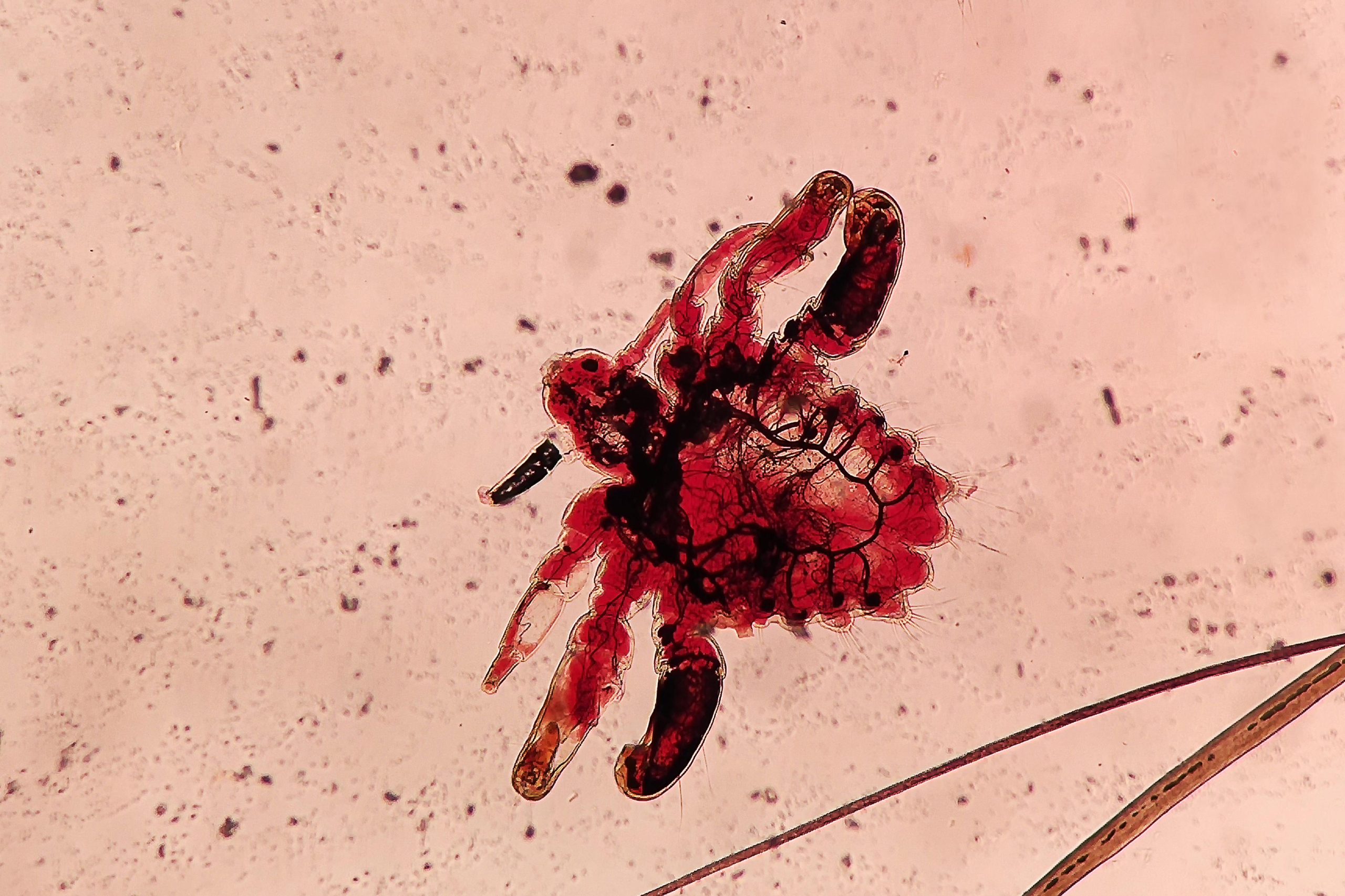
What are pubic lice?
Pubic lice (also known as crabs or Pthirus pubis) are tiny insects that live in coarse body hair including pubic hair, armpit hair, beards, chest hair, eyelashes, and eyebrows. They do not live on your head.
The female lice lay eggs (also known as nits) that are glued to the hair shaft. The eggs are smaller than the size of a pin head and difficult to see. They hatch after 6 to 10 days leaving behind empty egg sacs. The empty egg sacs look like white or grey oval dots on the hair.
How do you get pubic lice?
The most common way of spreading pubic lice is from sexual contact. If you or your partner have several sexual partners, you increase your chance of getting pubic lice.
You can also catch pubic lice by having close but non-sexual contact with someone who has lice. For example, by kissing someone who has an infested beard or moustache or sleeping in the same bed.
They can’t fly or jump — so you can only get them from contact with an infected person or from shared bath towels, clothing or bedding.
Pubic lice only infect humans, so you can’t catch them from pets or other animals.
What are the symptoms of pubic lice?
The signs and symptoms you may have pubic lice are:
- itching around your genitals or back passage, especially at night when the lice are most active
- tiny blue spots around your genitals
- spots of blood or fine, gritty debris in your underwear
- visible lice or tiny eggs in your pubic hair
Pubic lice feed on human blood, and when they inject their saliva it often irritates the skin, causing intense itching.
How are pubic lice diagnosed?
Pubic lice are usually diagnosed by visual identification of the adult lice, the eggs or empty egg sacs. Your doctor may use a piece of sticky tape to pick up lice for examination. Occasionally, they may look at the lice under a microscope to make the diagnosis. Adult pubic lice resemble crabs and move slowly compared to other lice. They are grey-coloured and smaller than head lice.
When should I see my doctor?
If you think you have caught pubic lice from sexual contact, you should visit your doctor or a sexual health clinic so you can be checked for the lice and any other sexually transmitted infections (STIs). All of your sexual contacts should be informed, so they can be treated. Similarly, everyone in the household or family should be checked, especially if they share a bed.
Your doctor can prescribe the treatment, or you can buy the treatment from a pharmacy without a prescription.
What is the treatment for pubic lice?
Treatment for pubic lice involves applying special insecticide lotion, along with other measures (see below). The treatment will need to be repeated in 7 days, to kill any newly hatched lice.
- Pubic lice can be hard to get rid of, so it is important to treat them quickly and thoroughly. You cannot get rid of pubic lice by washing or shaving, as the lice only need a minimal length of hair on which to lay their eggs. Therefore you do not need to shave your pubic hair.
- You can treat yourself at home with an insecticidal lotion or cream which is available over the counter from a pharmacy. You will need to repeat this in a week.
- Always follow the manufacturer’s instructions when using insecticidal products on yourself or someone else. Try to avoid scratching the area as this may cause infection of the skin. There are over the counter medicines that can relieve itching, for example antihistamines. You should discuss these with a pharmacist.
- Infestation of the eyelashes should be dealt with by your doctor or an ophthalmologist, because of the risk of injuring your eyes. The doctor may advise you to apply a layer of soft white paraffin to the eyelashes twice a day for 10 days to suffocate the lice. You should not try to remove nits from your eyelashes yourself.
- Thoroughly wash your bed linen, towels, underwear and clothing in hot water.
- Don’t have sexual contact until at least 7 days after you started treatment.
- Any sexual partners you have had in the past month should be told, so they can be examined and treated.
How can the spread of pubic lice be prevented?
Reduce the risk of spreading pubic lice by:
- Ensuring you do not share bed linen or towels until you have completed treatment. All linen, towels and underwear used during the period of treatment must be washed in a hot water cycle and preferably dried on a hot setting in a clothes dryer.
- Avoiding sexual contact until treatment has worked and you are clear of lice. Note that condoms don’t prevent pubic lice from spreading.
- Ensuring that your sexual partner(s) have been informed and treated, otherwise they may re-infest you or infest others.
Pubic lice can only survive for 1-2 days if they are not on a human, so it’s not necessary to treat carpets or spray insecticide in a room.
Can pubic lice spread infectious diseases?
Pubic lice are not known to transmit any infectious diseases. A person may get a skin infection from scratching, due to the intense itch, but the lice do not transmit any diseases.

